Mula bandha: what it is and whether or not you need it
6Some Sanskrit words had successfully made it into our pop culture. When a lady in a scented candle commercial talks about clearing her chakras, you know that the cat is out of the bag.
Some yoga teachers use Sanskrit extensively in their yoga classes, others not at all. It is a personal choice. Just like anything in yoga, you need to have a reason for it beyond “Look at me and how much I know!”
One of the terms that seem to be thrown around a lot is Mula bandha. You’ll hear a teacher instruct you to “engage your mula bandha” in various poses, while what she really means is “contract your pelvic floor muscles.” Is there a difference? According to Sri Krishnamacharya, there is.
Traditionally bandhas were considered powerful advanced practices that were done for the purpose of affecting your body’s subtle energy, NOT structural support.
The classic approach to bandhas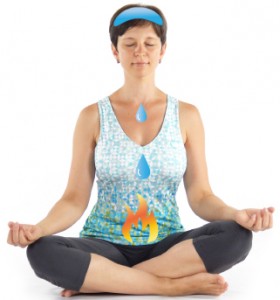
 Yogis say that when we are born there is nectar of life (amrta) contained in the “lake of the mind” located in the head. In the newborn it’s full. If you look in the eyes of a young child, you will see that glow. At puberty a large quantity of this essence moves down to the region of genitals, and we become fertile. The rest of amrta drips down slowly being consumed in the fire in the navel region. Once all of the nectar is gone, the life ends.
Yogis say that when we are born there is nectar of life (amrta) contained in the “lake of the mind” located in the head. In the newborn it’s full. If you look in the eyes of a young child, you will see that glow. At puberty a large quantity of this essence moves down to the region of genitals, and we become fertile. The rest of amrta drips down slowly being consumed in the fire in the navel region. Once all of the nectar is gone, the life ends.
Below the fire is the place where over time impurities accumulate. Those impurities clog our systems and prevent prana from entering the centeral chanel (sushumna nadi). So it is advisable to clear out those impurities. How do we do that? We lift them up using Mula bandha (contraction of the pelvic floor muscles), then we hold them closer to the fire by engaging Uddiyana bandha (abdominal contraction and lift). As a result, the impurities are reduced to ashes, amrta evaporates from them and rises up to replenish the lake of the mind; and you engage Jalandhara bandha (lowering the chin) to preserve that essence, preventing it from dripping down.
So there is logic to it. You would need to practice all three bandhas at the same time, engaging them in a certain order and giving them your undivided attention. That’s why they were done in a seated position. When done properly, bandhas are very powerful, they cause an unmistakable energetic shift. To do it effectively you need proper guidance and some experience with breath control, since the practice of uddiyana bandha, for example, involves holding your breath out for at least 10 seconds.
Traditionally, it is only called a “bandha” if it is practiced in a seated position with a purpose of energy management. If you do it in Warrior 2 or whatever, it is not technically a mula bandha, but “bandha-like” movement or simply pelvic floor contraction. For some the distinction might not be important, but it is a significant one. If you try to do mula bandha in Warrior 2, you will not get the same effect, and clearly you will be doing it for a different reason. Is there benefit in engaging your pelvic floor muscles separately from all the esoteric ideas? Absolutely! We’ll talk about it next week. But, as always, there is time and place for that. It is not necessary or even advisable to do it in every single pose. Keep in mind that some folks have chronically contracted pelvic floor muscles and the instruction to “engage the mula bandha” will make them clench those even more.
Traditional bandha technique
Inhale: Lengthen up through the spine.
Hold the breath: Displace the head slightly backward and lower the chin (Jalandhara bandha).
Exhale: Gradually pull the abdomen in from the pubic bone to the sternum.
Hold the breath: Keep pulling the belly in and up (Uddiyana bandha).
While still holding the breath out: Engage and lift the pelvic floor muscles and maintain this contraction for the duration of the practice (Mula bandha).
On the next inhalation release Jalandhara bandha and Uddiyana bandha and then continue with the same cycle as above. Repeat for at least 12 cycles.
As you can see, it’s not so easy. And, of course, you shouldn’t just plop down on the floor and start experimenting with it. You need adequate preparation before you can begin your bandha practice, both over time and within a single session. Traditionally, you would work toward a classic 10:10:10:10 breath ratio before you could begin the bandha work (which means being able to inhale for 10 sec, hold 10 sec, exhale for 10 sec, hold 10 sec and maintain that ratio for 12 breaths comfortably).
When yogic concepts make it into our everyday life, many of them become diluted and, I guess, it’s inevitable. But if we want to retain the power and potency of this great tradition, we need to remember where those ideas came from and what they were meant to accomplish.
To learn more about the bandhas:
Gary Kraftsow Yoga for Transformation
![]()
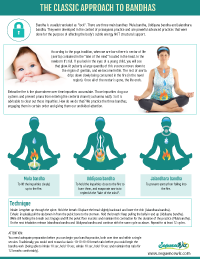
Log in to your Sequence Wiz account to get The Classic Approach to Bandhas handout
Go to Forms/Handouts on your Sequence Wiz home screen and you will find a pdf file of this handout. It’s yours to keep and/or give to your students.
Learn more about Sequence Wiz membership![]()

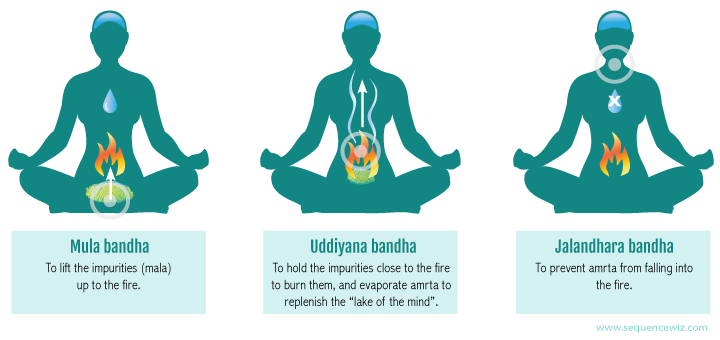

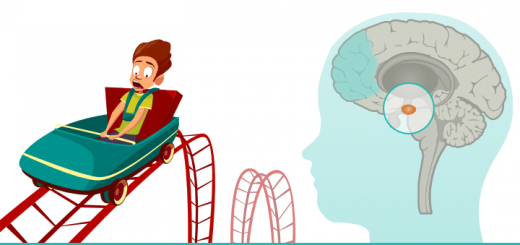
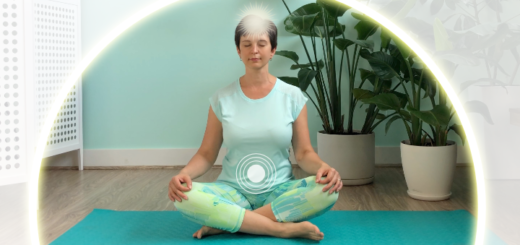
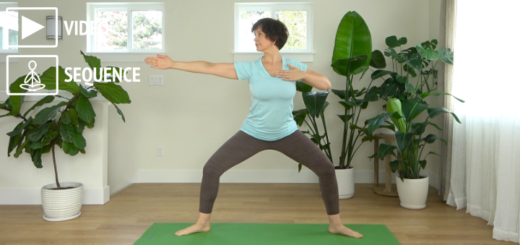















Olga,
This is very interesting. Thank you for sharing this! We definitely have the ability to cleanse the body, but it’s a matter of being able to do it. Thank you again for sharing this and your amazing knowledge! I really enjoy your content and website!
Keep up the great work!
Jacob
Thank you Jacob! I am happy to hear that you found it interesting 🙂
Great post! Easy to read and understand, and makes a lot of sense! Thank you.
Thanks for your many excellent, informative posts. I have a question about this one. Would this practice be contraindicated or need to be modified for people with high blood pressure?
Hi Janice, thank you for your question! Generally speaking I would not recommend this practice for somebody with high blood pressure. We need to be very careful with any sort of breath holding for folks who have high blood pressure. On top of that, bandha practices affect our body alchemy in subtle but often strong ways, so it is an advance technique that should not be attempted unless the student had been consistently practicing pranayama for a while. It is perfectly fine, however, to experiment with separate bandha-like practices, like tucking the chin in, or lifting the muscles of the pelvic floor up to see how the student responds to that. And we have to watch them carefully, of course, and proceed with caution. 🙂 I hope this helps!
I hope it’s not too late to contact you, as I have a question: With this practice, is the mula bandha held for the entire time? Wasn’t sure if I’m to release that as well before beginning a new round. Thanks for the article, and thank you for any time that you may spend in replying.